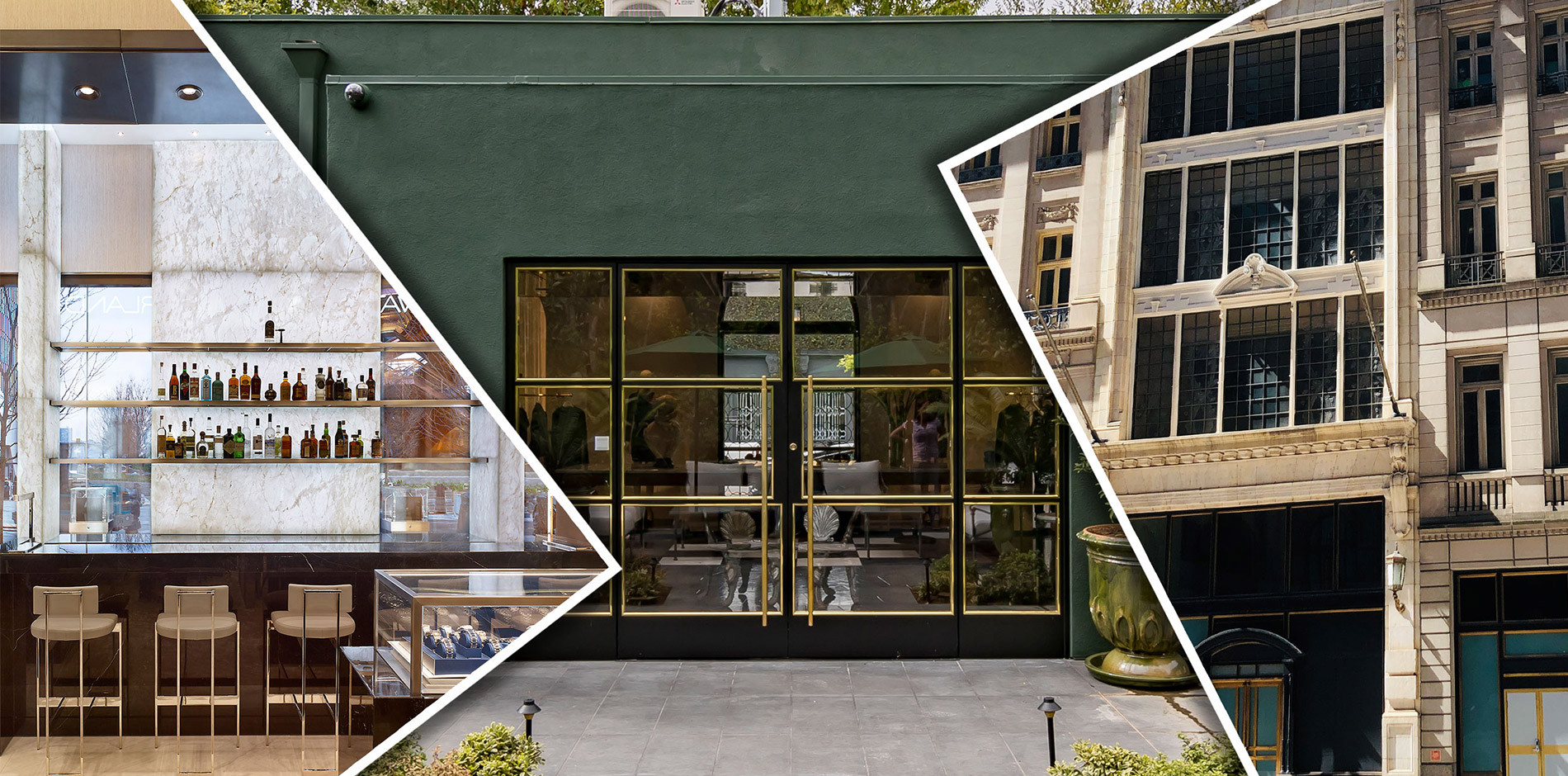Flexibility and the ability to pivot have become key to the success of retail—whether owners and landlords repurpose space for a new type of tenant, brands focus on neighborhood-based concepts, or retailers reduce their footprint. Brick-and-mortar continues to be a strategic move for both emerging and established retailers.
We’ve seen that specialty retailers with the capital are making calculated decisions on where and how to invest in brick-and-mortar; brands with the financial stability and funding are continuing on with expansion plans to break into new markets; and landlords and developers are repositioning existing and acquiring new spaces.
Reduced rents, landlord investment, and percentage leases during the pandemic created real estate opportunities for traditionally online retailers to break into brick-and-mortar, and some luxury brands were able to secure space they hadn’t been able to previously. We’ve seen the proliferation of storefront medical, a focus on food and beverage components, and a concentration on amenities within developments.
These trends and the ongoing evolution of retail will continue, requiring nimble teams with a diverse breadth of experience—from core and shell to fit-outs to complex structural work. Project delivery methods are key to successful execution, and the processes and techniques that Shawmut has in its portfolio translate to this new era of retail—from landlord repositioning work and flagship retail projects to amenity spaces with food and beverage—as the industry innovates and adapts.
